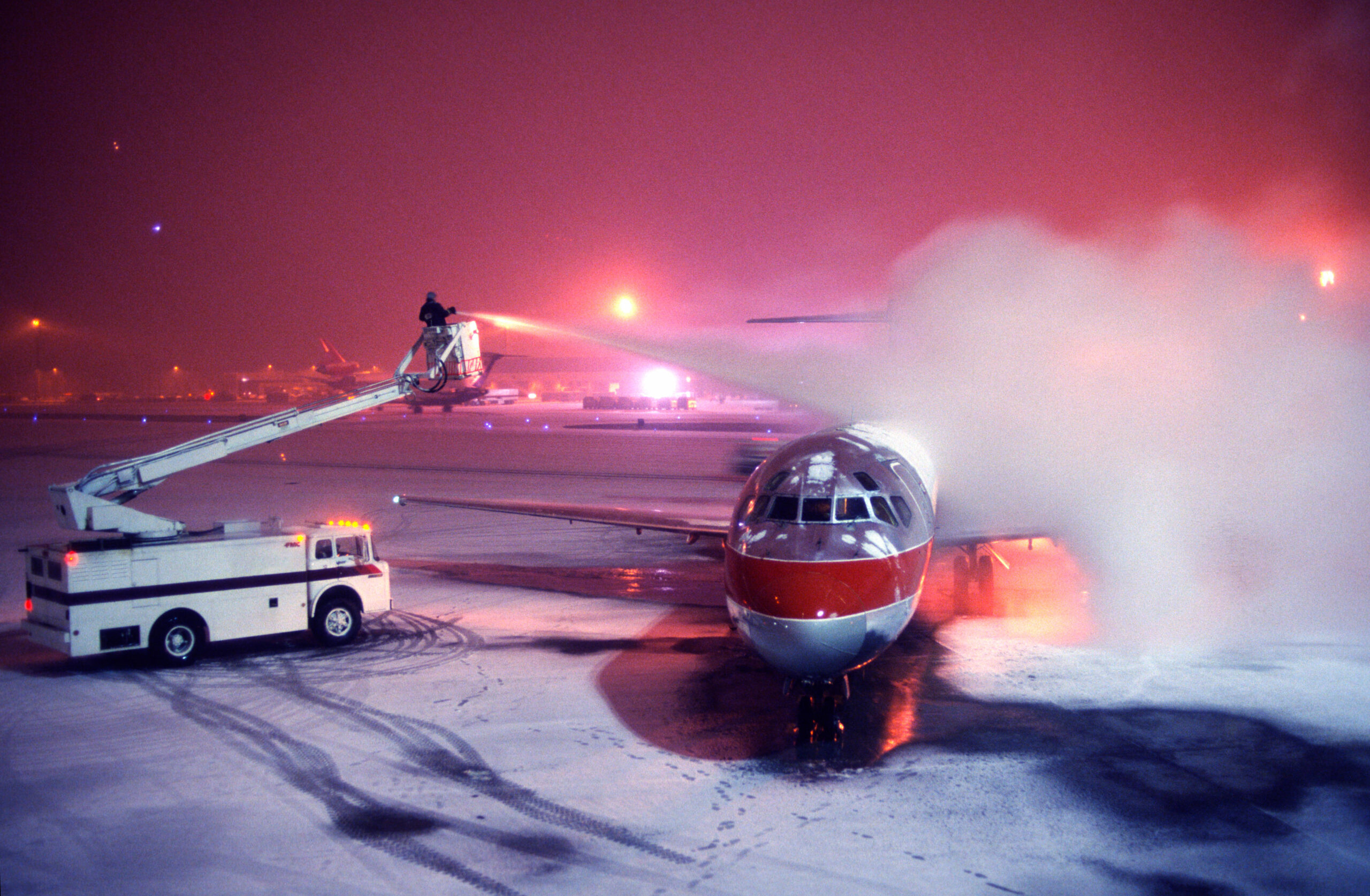The “New Normal” in aviation security
As the world begins to look at what will potentially become our new “normal” life, this week we are looking at the role of Aviation Security Screeners – as they are the “gatekeepers” to the Security Restricted Area and at how they may be required to absorb some of the additional passenger checking requirements.
As countries begin to open their borders and airlines start to operate reduced services again our airports will slowly come back to life……. with some modifications required. Leaving quarantine periods aside (which is another discussion in itself) I am going to focus on just the travel experience, our journeys through the airport.
What will be the “new normal” in aviation security?
As passengers we are required to present a valid boarding card to be granted access to the Security Restricted Area (SRA), this is usually done at the start of the passenger screening process and completed by a rotating crew of airport screening staff or by automated access control machines under supervision. These staff have training in a vast range of Airport Security roles, from hand searching of passengers and cabin bags to x-ray equipment operation and human behaviour analysis – they do it all. And as a result of the very taxing nature of some tasks such as x-ray screening they rotate between tasks very regularly. Their job description is already expansive and at busy times the workload is huge, again in very quiet times they need to stay alert and tuned in despite what might seem a very benign environment.
So, if we imagine a new normal being that passengers are required to have their temperature checked before being allowed access to the SRA which is looking commonplace in most industries for the foreseeable future, then who will be implementing these checks? In the U.S. there is speculation that the TSA agents will be doing this, however, it brings some concerns that I am going to briefly look at.

Airport screening staff are there for that purpose, the security screening of passengers and the items that they are going to bring into an aircraft cabin. Public health does not fall under that remit and apart from basic training in emergency evacuations and first aid to provide assistance while trained medical staff are en-route I cannot see why they should be utilized in this way.
The more responsibilities that we pile on to the security screeners the less effective they will be at doing their primary job which is effectively implementing security measures. This extra responsibility will cause security personnel to hit cognitive overload earlier in their shift, Security effectiveness will decrease at a far quicker rate than it does naturally.
If temperature checking is mandated, regardless of who is undertaking the task, it will invariably lead to bottlenecks and long queues forming. Those groups looking for weaknesses in aviation security (who have not gone away) will see vulnerabilities as staff are distracted with the task of managing the temperature checks. These queues and bottlenecks might be an attractive target for potential active shooters also and while not as prevalent a threat in Europe as in other areas the landside/check-in area attacks in Brussels and Ataturk airports in 2016 show that this is still a viable threat.
New innovations in remote temperature checking/monitoring whereby thermal imaging can identify a person with an elevated temperature seem to be a practical solution for the industry and would cut out the need for personnel to conduct temperature checks. However, if someone does show up as having an elevated temperature they are then required to be removed from travelling – which might prove problematic if they have already been processed at security and check-in and again the question arises, who is going to do this?
Should screening agents be put in the position of determining if an elevated temperature is a direct symptom of COVID-19?
Are medical staff going to be on hand to deal with passengers who display symptoms? Or, is there going to be additional training for screening staff to educate them on the additional symptoms and what to look out for in COVID-19 ?
Are passengers going to be required to arrive at the airport much earlier to accommodate the increased checks and possible queues?
We saw how this manifested when the increased security checks on Liquids and Gels were introduced.
There are a lot of questions which are being considered at the moment and as the governments action plans are changing on a daily and weekly basis the final requirements which will need to be adhered to are still unknown. Whatever the “new normal” in aviation security will be, the aviation industry will need to embrace these new rules and adapt our processes to include them.
As an industry we are well seasoned at quickly adopting new rules and procedures and while the implementation might lead to longer queues for a short period the creation and adoption of new technologies minimises the impact in the long-term. Here’s hoping that the storm clouds are behind us and we can slowly and carefully rebuild where we left off.
If you receive our weekly mail shot you will know about our own COVID-19 training course for aviation personnel. If not you can find out more at the following link or purchase directly from our catalogue. Also, on a separate note we wrote another blog article in January of this year where we looked at 5 evolving threats for the forthcoming decade (spoiler – we did not predict COVID-19 or any other global pandemic).



